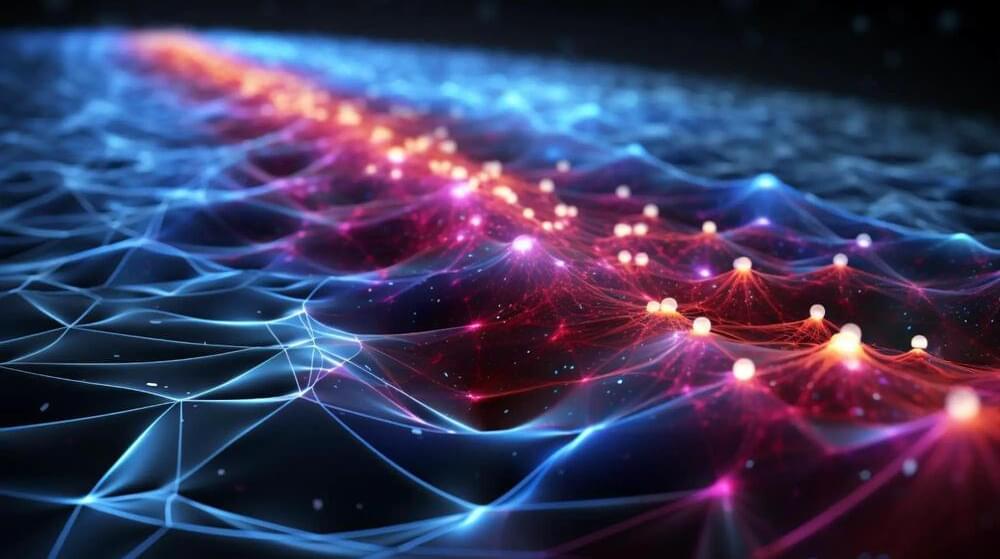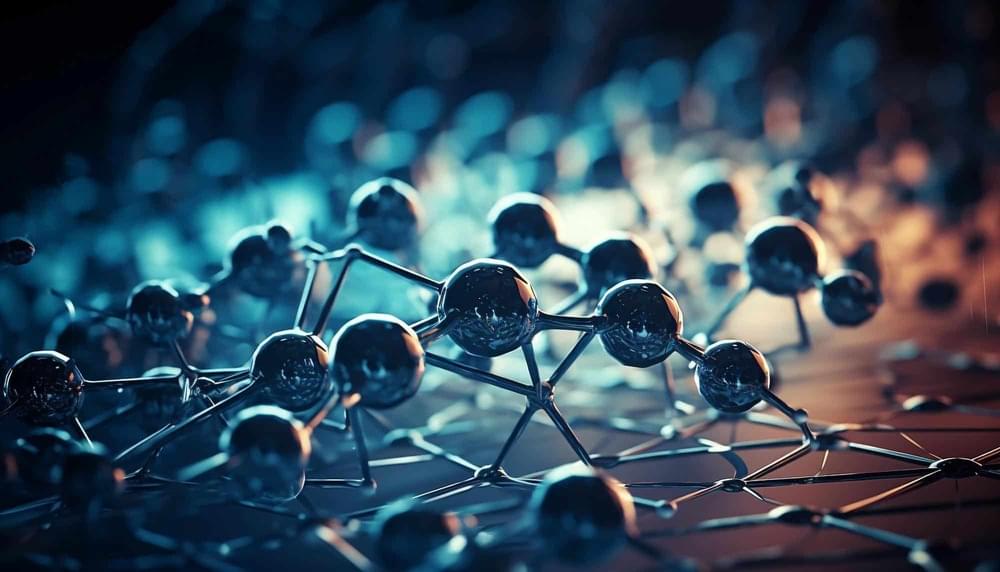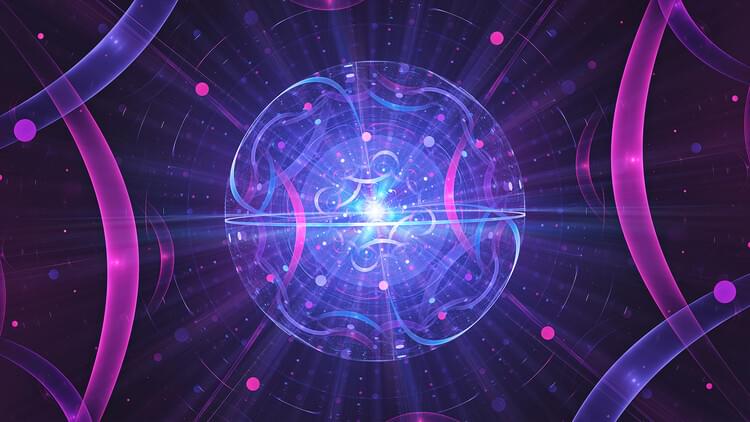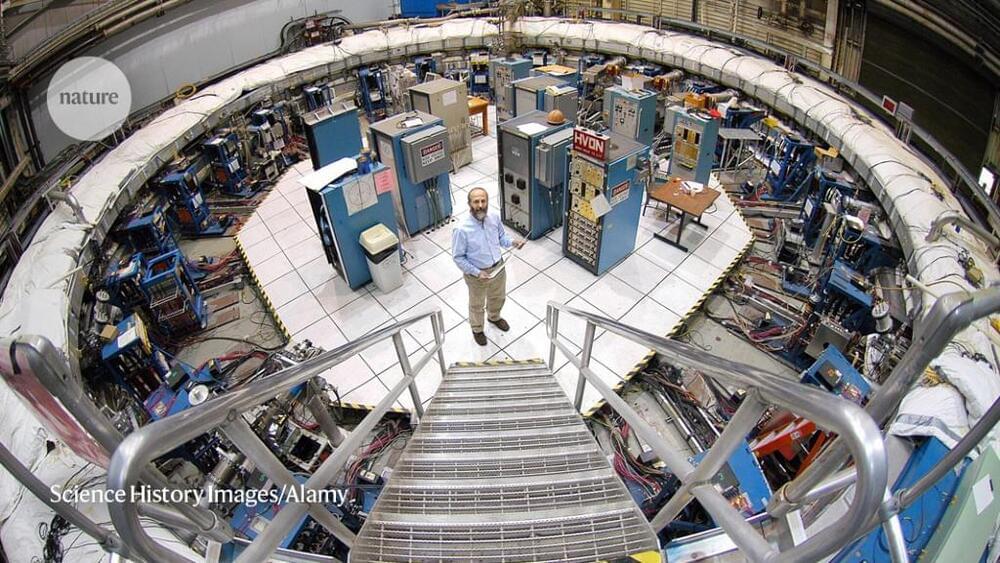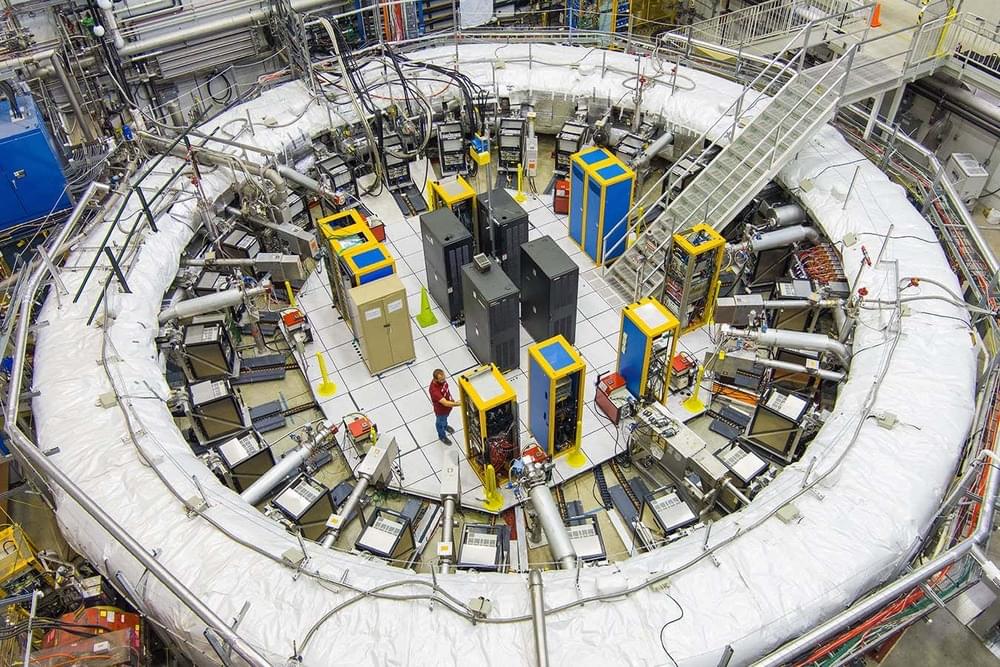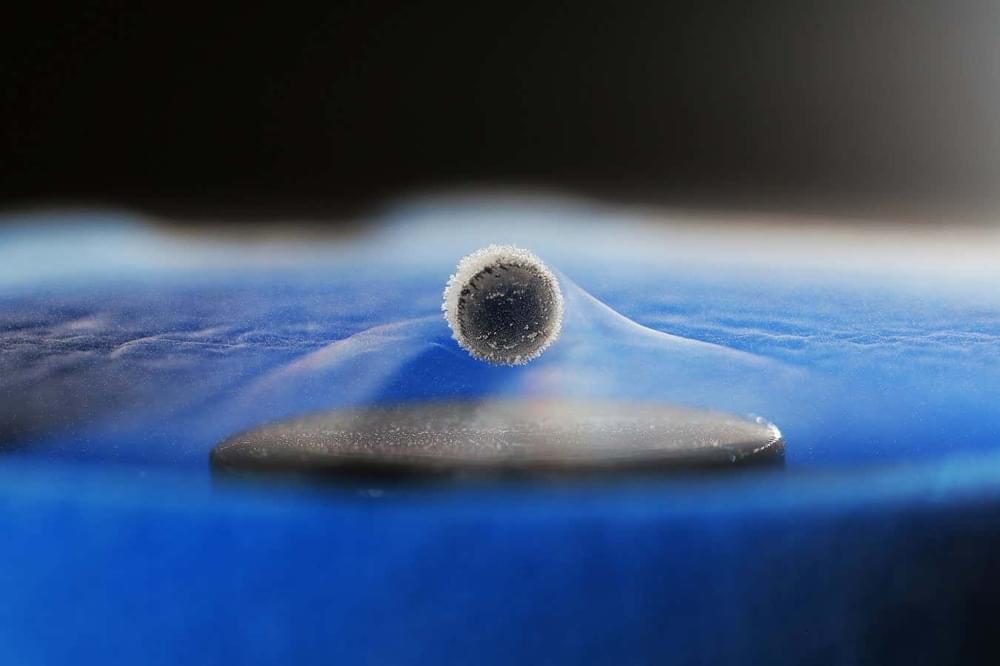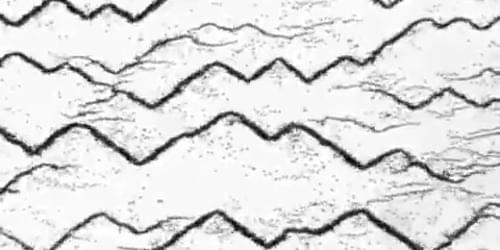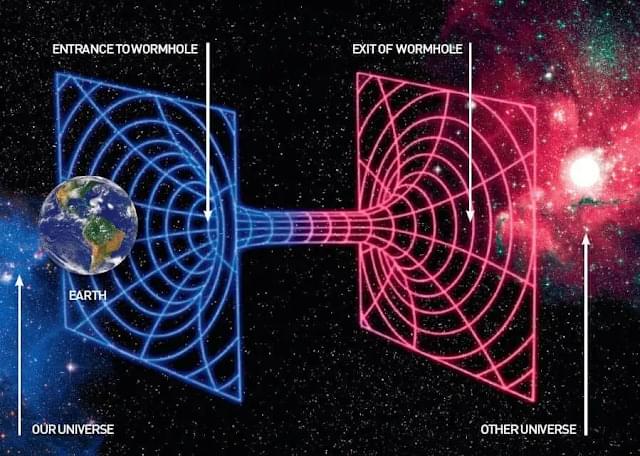Please check out Numerai — our sponsor @
http://numer.ai/mlst.
Patreon: https://www.patreon.com/mlst.
Discord: https://discord.gg/ESrGqhf5CB
The Second Law: Resolving the Mystery of the Second Law of Thermodynamics.
Buy Stephen’s book here — https://tinyurl.com/2jj2t9wa.
The Language Game: How Improvisation Created Language and Changed the World by Morten H. Christiansen and Nick Chater.
Buy here: https://tinyurl.com/35bvs8be.
Stephen Wolfram starts by discussing the second law of thermodynamics — the idea that entropy, or disorder, tends to increase over time. He talks about how this law seems intuitively true, but has been difficult to prove. Wolfram outlines his decades-long quest to fully understand the second law, including failed early attempts to simulate particles mixing as a 12-year-old. He explains how irreversibility arises from the computational irreducibility of underlying physical processes coupled with our limited ability as observers to do the computations needed to “decrypt” the microscopic details.
The conversation then shifts to discussing language and how concepts allow us to communicate shared ideas between minds positioned in different parts of “rule space.” Wolfram talks about the successes and limitations of using large language models to generate Wolfram Language code from natural language prompts. He sees it as a useful tool for getting started programming, but one still needs human refinement.
